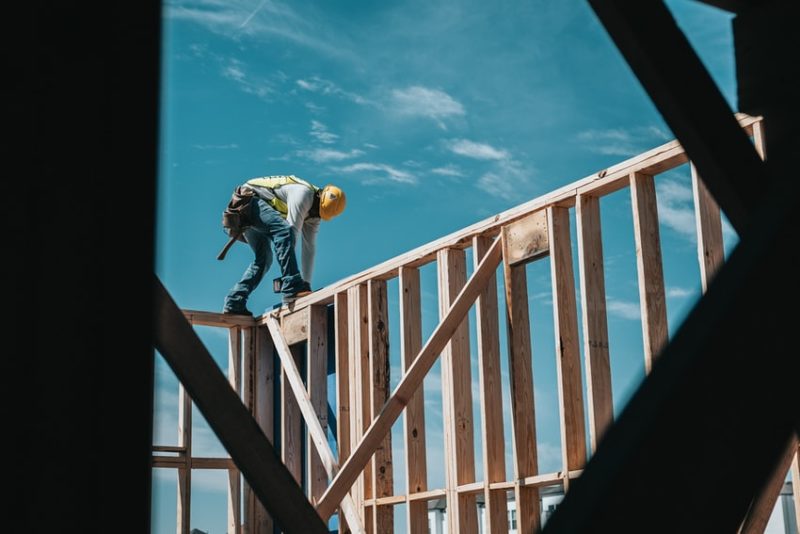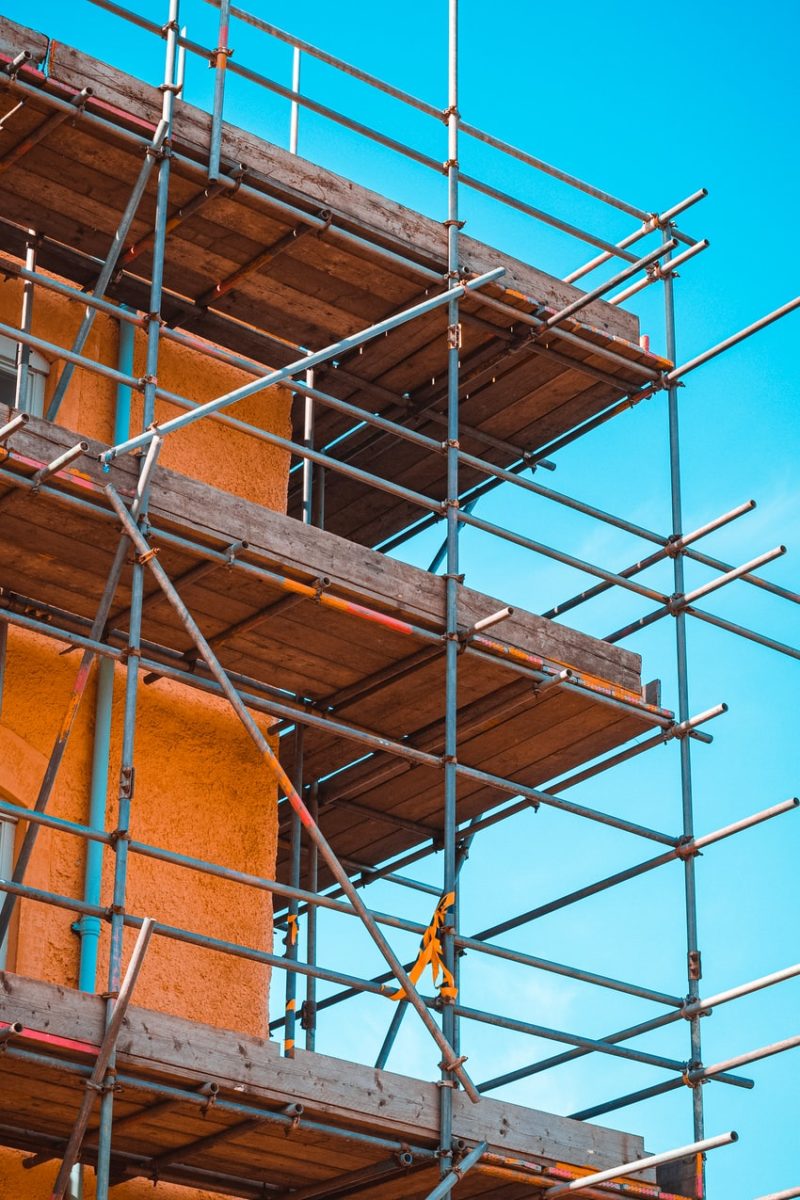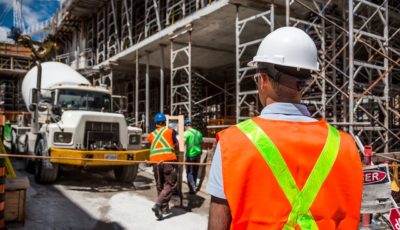7 Tips to Prevent Hazards When Building Your House
Being the owner of the land where there is a construction site can come with a bit of anxiety. Any irregularity or accident can have major consequences on your contractor and your future house. Therefore, it is expected that you are the most interested in completing the project without any bumps along the road. This article will provide you with the essential tips to be informed about hazard prevention on a construction site.
Check your contractor’s portfolio thoroughly
There are several questions you should ask your contractor before signing a contract. While looking for the perfect contractor, one of the top things to check even before contacting the company is their previous client’s testimonials. Apart from the reviews found online, it is best to speak with their previous customers or employees. When speaking with them, check for any possible issues with respecting the contract, especially paying attention to the project phases and the completion of the project. The next part you should be interested in is the accidents that happened which might have affected the expected deadline. Lastly, you should feel safe around your contractor. They are the one person that knows everyone and are responsible for other employed at the construction site.
PPE is a must at all times
The contractors’ employees must be provided with and wear the PPE (Personal Protective Equipment) at the construction site at all times. Basic parts of the equipment usually include gloves, gowns, shoes or shoe covers, head covers, masks, respirators, eye protection, face shields, and goggles. Additional protection might include the other pieces of protective equipment, depending on the project details. The PPE provides basic safety in any possible situation and is obligatory by law for both employees and visitors on the site. Check if your contractor is paying attention to PPE when you come to visit the construction location.
Feature clear safety signage
You are aware that the construction site must have signage for anyone passing by it. The safety signs and equipment are the first and most important signs that show the care provided by the contractor. As protective equipment was explained previously, the safety signs bear importance for employees, visitors, and every person walking next to or around the construction site. Warning signs should be clear and accompanied by ropes, cones, and other equipment to cordon off dangerous areas. Some signs explain the procedures which have their respected places according to the law. Ensure that you cordon off any areas where there are dangerous hazards such as falling debris and notifications about any high-voltage or toxic areas.
Safety and equipment inspections
Safety inspections are done to ensure that all the people present at the construction site are working in a safe environment. It is an on-site walk-through to identify potential hazards to occupants and personnel and options for remedial action. Its other important purpose also regards insurance and the other permits one contractor needs. There are work and health safety inspection checklists available for the public so that you can also be aware of the construction state.
Prevent intrusions
The construction site is a property, and the intrusion is a criminal offence. However, you can never be certain about what could happen while the construction company is not on the site. It is a good idea to consider and discuss with your contractor the possibility of having surveillance on the site at all times. It can be an alarm system, although it may be better to have a working individual that could call the police or any other department should an accident happen after working hours.
Can the client bear responsibility for the accident on the construction site?
Construction workers have good compensation insurance that covers most construction site accidents. If any misfortune happens you could still be liable as product liability claims, premises liability claims, and general negligence claims might apply to the client. After having been notified, hire a lawyer to help with the possible compensation from your side.
Notify neighbours and local police
Lastly, even if you don’t know your new neighbours, you should still notify them about the work that will be done during the next few months. They will, after all, have to deal with dust, mud, and noise that will be made while your home is being built. There are signs and rails you could put to ensure they can see what is happening and be able to pass safely next to the construction site. Additionally, notifying the police is a great idea as any possible complaints can’t be made without based reasoning. Also, they could patrol more often to make the area less interesting for possible construction intruders.

Be thorough while deciding on whom you will sign the project with, and do not refrain from visiting the construction site. You are the client and as such can see your investment in any phase. With good preparation, you most likely will not need to care about most of the previously mentioned tips.













